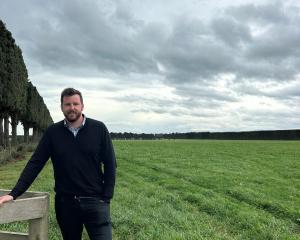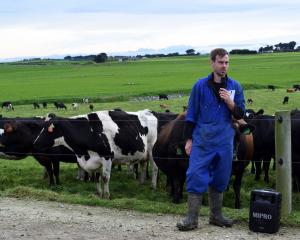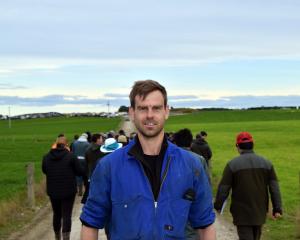
Cow herds were back just over 4% for 20.78 billion litres of milk containing 1.87 billion kilograms of milksolids in the 2021-22 season compared with the previous record season.
Milk production dropped back both per herd and per cow to 2019-20 levels as the impacts of Covid-19, climatic conditions, inflationary pressures and supply chain issues created challenges for farmers.
However, a New Zealand Dairy Statistics report by DairyNZ and Livestock Improvement Corporation (LIC) says an innovative dairy sector is responding well during changing times.
DairyNZ chief executive Dr Tim Mackle said farmers’ achievements were positive in the face of a range of challenges in recent years.
"Through tough times farmers continue to prove their resilience and stay focused on milking better and more efficient cows, by making the most of technology and information."
He said dairy farmers were working hard to retain their pasture-based farm system to keep milk production flowing.
More farmers took on herd improvement services, with record herd-testing levels of 3.79 million cows, and artificial insemination remained steady at 3.94 million cows.
This continues the trend of farmers remaining focused on improving the production efficiency of their herds, and using data to support this.
LIC chief executive David Chin said farmers continued to invest in solutions that would improve their herds, identify poor-performing cows and breed more efficient animals.
The average dairy co-operative payout from Fonterra and Tatua was $9.52 a kilogram of milksolids which was a record average payout for farmers.
Dairy exports reached a record $22 billion in 2021-22 in a difficult economic climate.
Dr Mackle said dairy continued to play a critical role in the economy and provided jobs for about 50,000 New Zealanders.
The average milk production per cow of 386kg of milksolids was back by nearly 3% from 397kg last season and back to 2019-20 levels.
Cow numbers have continued to decline and are down to 4.84 million, a decrease of 1.26% from the previous season.
The herd-testing of 3.79 million cows was 78.3% of the national herd and a record.
Just over 3.9 million cows were mated by artificial breeding.















